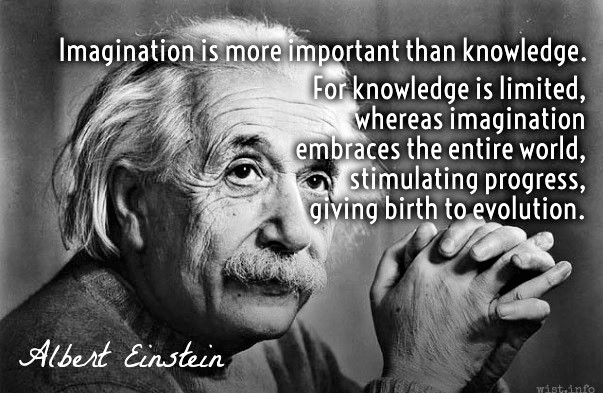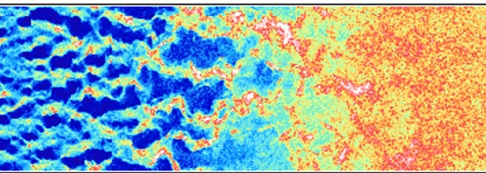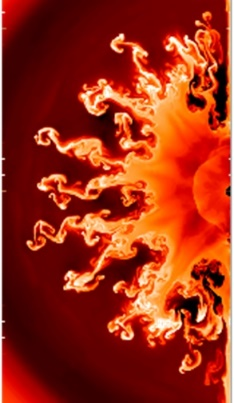Let you challenge your imagination
Hideaki Takabe (HZDR, Germany and Osaka Univ. Japan)
I believe the message by Einstein, “Imagination is more important than knowledge”. Since imagination is not given in education, especially in Japan, we have to always keep in mind how to imagine our next steps.
Laboratory astrophysics is full of challenge and demands your imagination to link the phenomena in Universe to model experiments. This is the similar transformation from a big to a small ones. In addition, such research action gives sometimes us a quantum jump to link different physics to the same pone through mathematics. This is a happy finding for scientists.
The magnetic turbulence driven by Weibel instability demonstrated the formation of collisionless shocks as will be presented in the workshop. The right-top figure is the density profile around the shock front and we can see many filamentary structure perpendicular to the shock front. Theory developed to see the core physics of the filamentary structure has suggested me the same scenario in the turbulent mixing of Rayleigh-Taylor hydrodynamic instability. The turbulent mixing of supernova explosion is shown on the right-bottom, where the color is the density and filamentary structure is seen in spherical explosion.
In the present talk, I would like to show:
Theoretical model to explain the nonlinear growth of Weibel instability to magnetic turbulence and shock formation.
The same theory is found to give the time evolution of the turbulent mixing driven by Rayleigh-Taylor instability, most important issue in the physics of laser fusion.
Imagination from magnetic turbulence to turbulent mixing is intuitively explained with schematic pictures and mathematical modeling.
It is concluded that the energy spectra of both turbulences show the inverse cascading by keeping the scaling as k-2 power laws in wavenumber space. I am now looking for a co-author who can do PIC simulation same as in Ref. [1] for 2D or 3D to proof the present theory for publication to an academic journal.
Reference
[1] T. N. Kato and H. Takabe, Astrophysical J 681, L93-L96 (2008).


